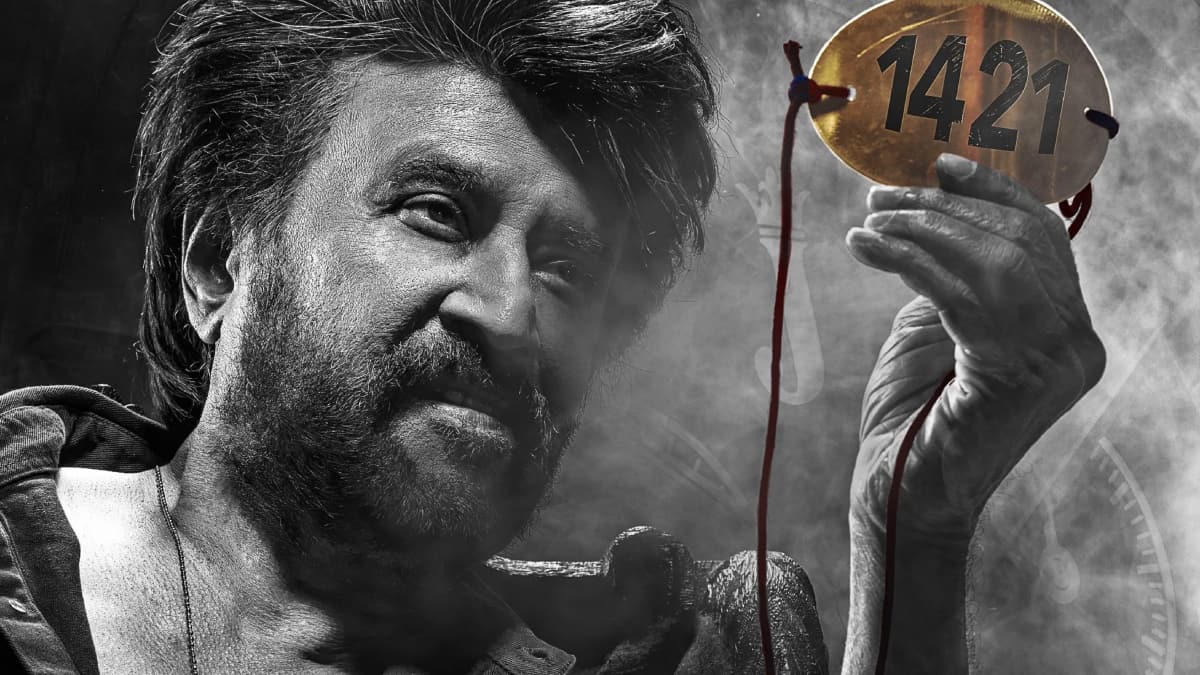
Rude Food by Vir Sanghvi: A whole different ball game
3 months ago | 39 Views
Last week, I spent three successive days in three different cities: Naples, Istanbul and Delhi. All three cities have distinctive and justly famous cuisines. But there was one dish that all three had in common. And yes, it is a dish we know well in India and one we can make at home.
I refer, of course, to the kofta.
Alas the kofta has fallen from favour with Indian chefs. You don’t see it on many menus. When it does turn up it is as a shaadi caterer sort of dish. The koftas are usually made from paneer or from not-very-appetising vegetables and served in a rich gravy full of kaju paste or buckets of dairy derivatives. Even the Nargisi kofta, one of India’s great culinary contributions to the world, is the sort of dish that everyone knows about but hardly ever orders — mostly because it is rarely available.
I would like to be able to claim that the kofta (like its Nargisi progeny) was invented in India but sadly, history is not on our side. As with many dishes that emerged out of the Middle East and West and Central Asia, the exact origins of the kofta are unclear. The Iranians say they invented it (but then they say that about nearly everything) but so do some Turks who still serve it proudly in Istanbul where I had their version last week. (There is some controversy about this: some long-term Istanbul residents call them an ‘Arabesk’ dish and say they were brought to the city from elsewhere.)

In fact, there is a keema meatball tradition all over the world. The Chinese have Lion’s Head dumplings which are essentially pork meatballs and the Scandinavians have their own under-flavoured Ikea (yups, really!) meatballs in a creamy gravy. I doubt that all of these dishes originated in Isfahan or Constantinople so it seems like a reasonable assumption that a meatball is an obvious and simple thing to make and that cuisines around the world came by it independently.
We can try and make similar claims for our own koftas but unfortunately the Middle East roots of the dish are well documented and the ones I ate in Istanbul were actually called ‘Kofte’ which destroys our case for ownership. (The Turkish word for mincemeat is Kyima.)
Though most of us are reluctant to give them the credit, Arabs, Turks, Persians and Central Asian warriors and traders travelled East and West throughout the Middle Ages bringing their food with them. Europe never fully acknowledges their influences but many European dishes have Middle Eastern origins. For instance, Europeans did not understand rice till the Arabs taught them how to cook it. The paella of Spain is basically a pulao. The risotto of Italy developed after Arabs planted rice in Northern Italy.

The Calzone, which we wrongly treat as a kind of pizza, was based on an Arab turnover, which was either baked or fried. It became Calzone in Italy, an empanada in Spain (from where it went to South America) and turned up in many forms in the countries of West Asia with such names as sambusak. We know it best as the samosa though most of us are not aware that its origins are not Indian.
Something similar happened with the kofta. It travelled from the Middle East to Spain (and then to the rest of Europe) where it is called albondigas, a corruption of the Arab al-banduq.
Then to Italy where it became polpette. There are few medieval recipes for the dish Italians now call polpette though the ancient Romans did eat a mincemeat risolle. The first recognisable recipe for polpette turns up as late as the 19th Century in Artusi ‘s classic cookbook
It caught on most quickly in the poorer southern part of Italy because it did not require good quality meat and was so easy to make that Artusi wrote that even a donkey could make it. The versions I had in Naples generally consisted of large-ish meatballs in a tomato gravy.
Italians rarely eat spaghetti with meatballs but when southern Italians migrated to America they began serving pasta with meatballs because it was cheap and easy. The sauce was always tomato: the so-called ‘red sauce’, the foundation of Italian-American cuisine in the 20th Century. Generations of Americans grew up believing that this was an authentic dish, never realising that they were eating koftas.

The kofta’s journey to India was as adventurous. In Turkey and Iran, the dish is thought of as a kabab. The most common versions I saw in Istanbul were dry. But by the time it gained popularity in India, we had lost interest in the kabab version. We had our own keema kababs (such as the shami and the galouti) and frankly, the simple kofta didn’t quite cut it.
We began cooking our koftas in gravy and unlike the Italians, we had the imagination to go beyond tomato sauce. The great Indian kofta dishes are as notable for the flavour of the curries as they are for the koftas themselves.
Inevitably, vegetarian versions, which were unknown in the Middle East, came to be created. Our love for the paneer kofta is our own; few other countries are as obsessed with paneer. Various vegetables were also drafted to fill the role of stuffing and today, bizarrely enough, the vegetarian version of the kofta is much more visible than the original.
Sadly we don’t even prize our greatest kofta achievement. It was medieval Indian chefs who had the idea of putting a boiled egg at the centre of a kofta and created the Nargisi kofta. The dish was usually served in a rich gravy and became a favourite at royal banquets.

Brits always look at me in horror when I tell them this but their Scotch Egg was derived from the Nargisi kofta. Such well known food historians as Alain Davidson have recorded that the Nargisi kofta was taken home by returning Raj hands in the heyday of the Empire and became a popular dish. Eventually, the Brits dispensed with the gravy and began to call it a Scotch Egg.
Though they are reluctant to acknowledge its Indian origins no Brit food writer has ever been able to convincingly explain how the Scotch Egg came to be. There are all kinds of unsubstantiated theories and the London shop Fortnum and Mason often takes the credit for inventing it, but nobody can quite explain how the Scotch Egg suddenly became popular during the Raj period or even, why it is called ‘Scotch’ when it has damn-all to do with Scotland.

In any case, who would like to take credit for the sorts of Scotch Eggs you find all over the UK today: nasty industrial eggs encased in cheap sausage meat created from the sweepings of abattoirs, then fried, covered in cellophane and left on the shelves for some sucker to buy them?
Our own koftas however are glorious creations, rich and bursting with flavour. How sad then that we have turned our backs on them. Their deliciousness reminds us that when dishes came to India from abroad we transformed them with spices and made them our own. And we made them better.
Read Also: boiled potato vs baked potato, which is healthier and tastier?





















